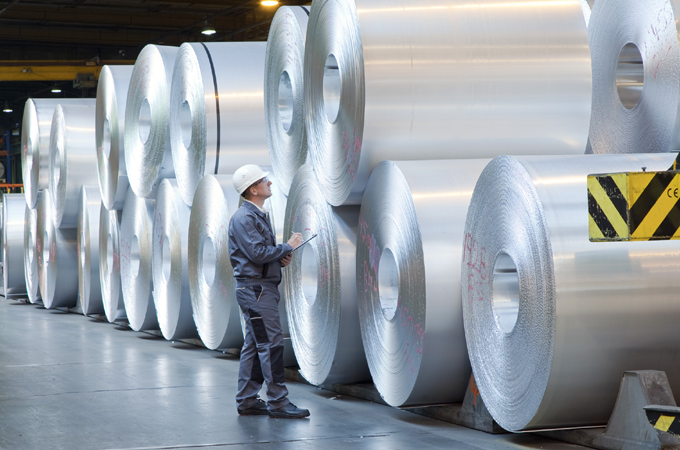
Aluminium industry 'needs $1.5trn just to decarbonise power'
LONDON, October 27, 2021
The global aluminium industry will need $1.5 trillion of investment to decarbonise just electricity supplies used to make aluminium so the sector can start meeting UN climate goals, a report said.
The figure quoted is only a portion of the funds needed so output of aluminium, one of the most energy intense metals, can cut emissions by 2050, the International Aluminium Institute (IAI) said in an online presentation, a Reuters report said.
Around 60% of the aluminium sector's emissions are from the production of electricity consumed in the smelting process, but investment is also needed to shift to green hydrogen, deploy carbon capture and boost recycling, it added.
"It's a big number... It's not something that the industry has the resources to achieve on its own," said Pernelle Nunez, director of sustainability at the IAI.
Around the world, the aluminium industry is investing in projects, new technologies and building critical partnerships that are playing a key role in meeting environmental targets for 2050, IAI said.
These include contracts for renewable energy, particularly wind, solar and hydropower; the creation of virtual batteries within smelters; the smart use of fuel sources, such as hydrogen and recycled steam; the use of lighter vehicles for transporting goods; and ideas for taking the recycling agenda further, it said.
These novel solutions support IAI’s three pathways to emissions reduction for the aluminium industry:
* Electricity decarbonisation – with more than 60% of the aluminium sectors CO2e emissions from the production of electricity consumed during smelting, decarbonised power generation and carbon capture and storage (CCUS) will significantly support emission-reduction goals.
* Direct emissions reduction – electrification, fuel switching and CCUS offer a credible approach to reduce emissions from fuel combustion, while new technologies, such as inert anodes, can lower process emissions.
* Recycling and resource efficiency – increased collection rates and other resource efficiency actions would reduce the need for primary aluminium by 20%.
Nunez said: "There is no single solution and it is reassuring to see that technology is advancing across the three pathways, and that governments, aluminium producers and the wider industry are forging powerful relationships that will truly make a difference. I’m confident that the fantastic work already under way will inspire our industry to think about actions they can take now and in the future to combat climate change.”
The aluminium sector would have to slash greenhouse gas emissions by 95% by 2050 to 53 million tonnes from 1.1 billion tonnes to help limit a rise in global temperatures to 1.5 degrees Celsius above pre-industrial levels, Nunez said.







